Focus on stress reduction, proper metaphylaxis and optimized nutrition
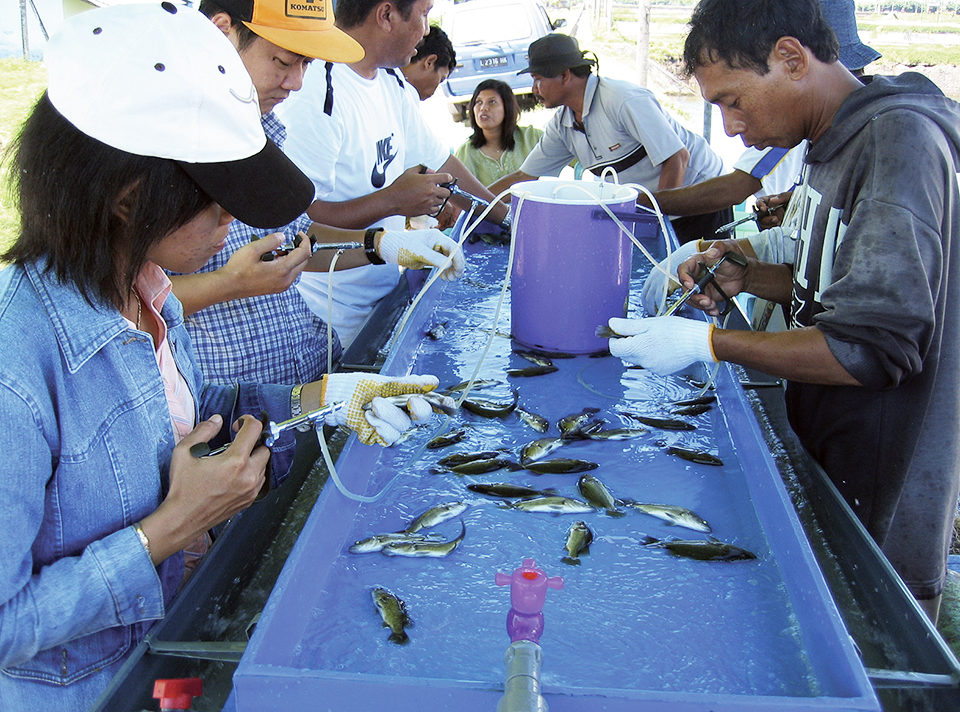
Barramundi (Lates calcarifer) have recently been considered a suitable aquaculture candidate to become a large-scale seafood commodity. Indeed, several large investment firms are betting on this tasty fish, which can be grown with relatively little environmental impact, to become an economic sensation. As with other marine fish, adequate husbandry and fish health management are challenges that will determine the success or failure of these barramundi projects.
The author’s company, Intervet/Schering-Plough Animal Health (Intervet/SPAH), has spent a lot of time and effort over the last eight years to reduce the risk of disease becoming a limiting factor in the establishment of the barramundi industry. Based on its expertise in salmonids, the company set up a research center in Singapore in 2000 that was entirely dedicated to the development of novel vaccines and other products for commercially farmed aquatic animal species of the warmwater environment. A regionwide epidemiological study allowed the researchers to understand the major diseases of barramundi, a species traditionally farmed in Asia.
Early stage diseases
The first disease to harm barramundi is viral nervous necrosis (VNN), an epizootic disease caused by nodavirus. Encountered in fry as young as 10 days old, VNN causes mortality up to 100 percent.
From 25 days of age, a new bacterial disease identified by the team of Intervet Norbio Singapore as “big belly disease” is responsible for severe clumping of internal organs, abdominal distension and muscular atrophy. Caused by a newly described (Vibrio) species, it causes severe mortality.
Subsequently in the life cycle, new-found iridovirus infection is responsible for an acute hemorrhagic syndrome that causes acute mortality in fingerlings as small as 1 g. Associated mortality can reach 85 percent. In addition, Tenacibaculum maritimum, a Gram-negative filamentous bacterium, can induce severe skin lesions in fish after handling and/or stocking, with outbreaks of mortality reaching 30 percent in fish of 1 to 100 grams.
Grow-out diseases
During the first month of cage farming, barramundi are most susceptible to monogenean parasites, specifically skin and gill infestation with Neobenedenia species. Infested barramundi quickly develop skin and tail rot, and mortality can reach 100 percent if parasite treatment is not performed in time.
Once fish reach 300 grams, they become more resistant to parasite infestation. T. maritimum, coupled with skin parasite infestation, can have a combined detrimental effect. T. maritimum can cause mortality all cycle long due to massive scale drop.
Based on current knowledge, the most devastating disease of the grow-out cycle is streptococcosis. A systemic bacterial disease due primarily to Streptococcus iniae, it is characterized by massive mortality in large to market-size fish. Mortality can vary 30 to 80 percent over a period of a few days to a few weeks.
Stress reduction
To ensure maximal chances of success, health strategies for most barramundi farming should be based on husbandry practices designed to reduce the number of stressors in play at a single time. Before deciding on a handling procedure, one should always keep in mind fish biology and possible detrimental consequences.
For example, cannibalism is a serious problem in barramundi juveniles. Regular grading provides a uniform fish size that reduces cannibalism. However, too much grading might possibly induce T. maritimum infestation.
After vaccination, the transfer of juveniles into the sea at sizes as large as possible (15-20 grams) provides fish the best chance of survival for the rest of the cycle since they are more robust. However, it puts more pressure on the nursery phases to hold higher biomass and, therefore, a higher risk of disease outbreak. In general, the fish environment should be maintained in a constantly optimal state with the lowest possible level of stress.
Nutrition, immune modulation
Optimized nutrition is of major importance in the defense against disease, especially for stress-related problems caused by environmental changes such as water temperature fluctuations or by necessary husbandry practices, including grading, vaccination and transfer.
To maintain good health, a high-quality diet should be used, and this can be complemented by the use of supplementary immune modulators. If a farm is expecting the appearance of a regular disease problem, the feeding of an immune modulator product prior to the disease situation can help fish resist the challenge.
Some sites experience continual stress from high temperatures or particular pathogens throughout certain seasons. During these periods, immune modulators can be fed continuously for 10 days every 30 days to give fish an improved chance of resisting clinical outbreaks and help them recover quickly from any diseases that may occur.
Parasite management
Parasites are part of the natural ecosystem, and complete eradication is extremely unlikely. However, it is possible to design an effective parasite prevention plan to control parasite pressure before it gets dangerous. It is advisable to first try any new treatment regime in a small time/dose-response experiment to discover the appropriate chemical and dose for a given farming system.
It is necessary to understand parasite cycles in order for treatments to be effective. In the case of barramundi, fish are infected with monogean trematodes that lay eggs on nets to complete their life cycle. In consequence, it is very important to also treat the nets. Currently, the most effective technique for managing parasites is bath treatment using a tarpaulin.
Metaphylaxis
Mass medication of animals with therapeutic levels of drugs, typically antibiotics, is sometimes called metaphylaxis. At times when some animals are diagnosed as clinically diseased and others may be subclinically affected, all the animals may be treated with the intention of controlling further disease. Metaphylactic treatments are typically used during high-risk periods for disease, such as after weaning fish from live preys to dry feed or after transport, to reduce the incidence of poststocking mortality.
The use of antibiotics must be done responsibly to avoid the development of resistance and presence of residues. The choice of antibiotic should be based on antibiotic sensitivity testing and regulatory status, and its application should be supervised by fish health professionals or veterinarians to ensure that the dose and duration are correctly applied.
Importantly, withdrawal periods must be respected. In addition, banned antibiotics should not be used. Finally, it is very important that antibiotics are obtained from trustworthy sources to ensure quality and the desired concentration of the active ingredient in the product.
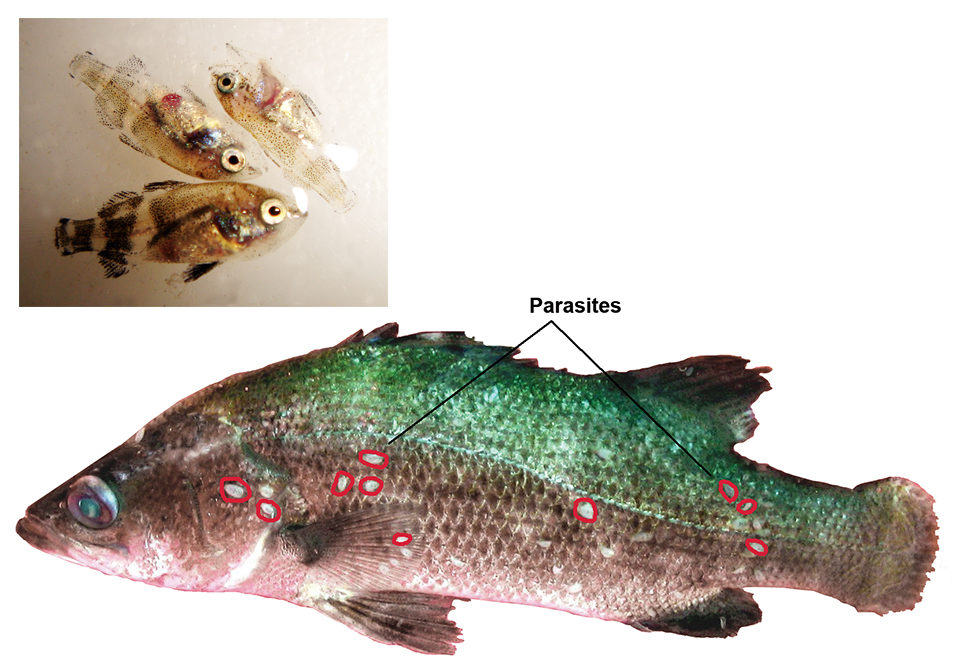
Vaccination programs
Because full biosecurity implementation is very difficult in most cases, pathogens such as viruses and bacteria are often part of the culture system, and it is almost impossible to totally exclude them. While applications of antibiotics should only be considered short-term and emergency-type solutions, the implementation of a vaccine strategy can help achieve sustainable aquaculture.
Since S. iniae was identified as the major economic threat to barramundi farming, Intervet/SPAH developed a water-based inactivated vaccine against S. iniae infections. Laboratory studies have shown that a single intraperitoneal injection vaccination in barramundi juveniles provided a maximal level of protection as soon as one week after vaccination that remained for up to 12 weeks.
Recent experiments demonstrated the protection afforded by the vaccine under field conditions in fish grown to approximately 2 to 3 kg, approximately two years after vaccination. Overall, the studies showed that a single injection vaccination in barramundi fingerlings gave full protection against S. iniae infections for the entire duration of the production cycle, up to 18 months postvaccination under farm conditions.
(Editor’s Note: This article was originally published in the September/October 2008 print edition of the Global Aquaculture Advocate.)
Now that you've reached the end of the article ...
… please consider supporting GSA’s mission to advance responsible seafood practices through education, advocacy and third-party assurances. The Advocate aims to document the evolution of responsible seafood practices and share the expansive knowledge of our vast network of contributors.
By becoming a Global Seafood Alliance member, you’re ensuring that all of the pre-competitive work we do through member benefits, resources and events can continue. Individual membership costs just $50 a year.
Not a GSA member? Join us.
Author
-
Cedric Komar, DVM
Intervet Norbio Singapore
1 Perahu Road
Singapore 718847
Tagged With
Related Posts
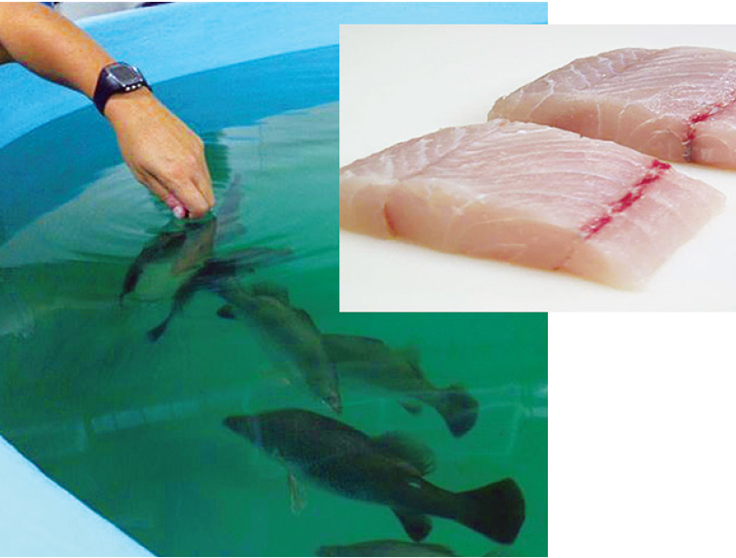
Intelligence
Adding flavor complexity to farmed barramundi
Organoleptic attributes such as flavor and aroma are among the most important factors that influence consumer acceptability and demand for fish products. Consumers have identified farmed fish as less complex and lacking “sealike” or “sea-fresh” flavors and aromas.
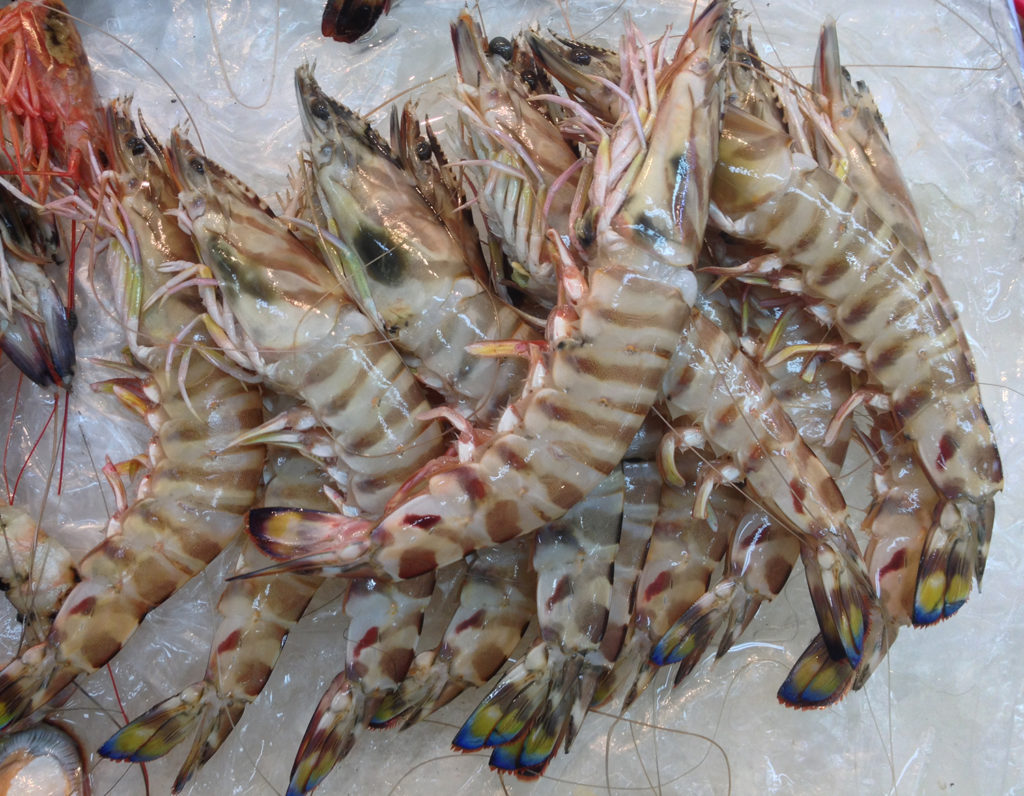
Intelligence
Aquaculture key to increasing seafood supplies to Arab states
Arab States have substantial natural resources to increase aquaculture production. Several types of systems are readily adaptable and can be implemented relatively quickly.

Intelligence
Boston brainstorm: Getting consumers to embrace aquaculture
In a discussion format somewhat unique to the bustling halls of Seafood Expo North America, aquaculture backers lamented the lackluster U.S. consumer acceptance for farmed fish.
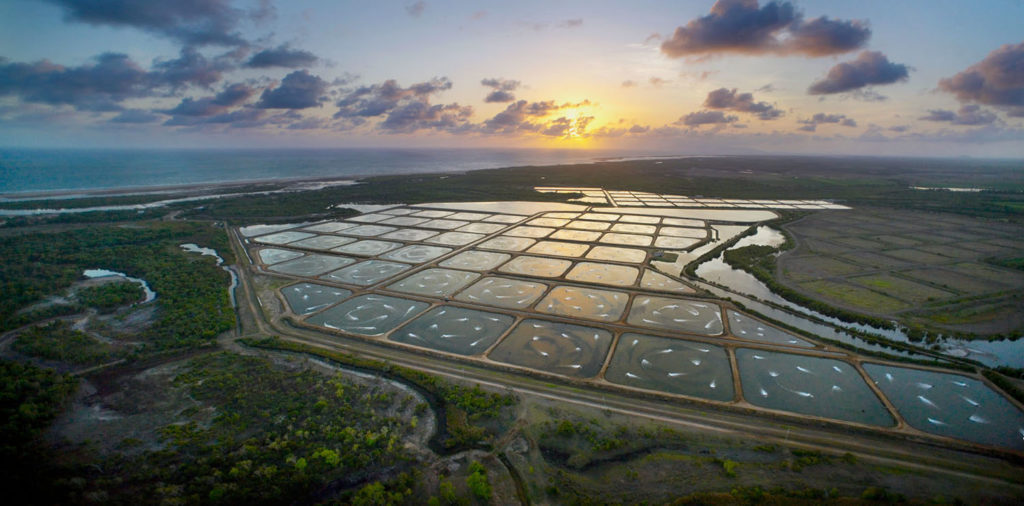
Innovation & Investment
Bringing Australian aquaculture into view
Australian aquaculture gets some needed attention later this month when Fish 2.0 holds a regional workshop focused on innovation and investment in Melbourne.



